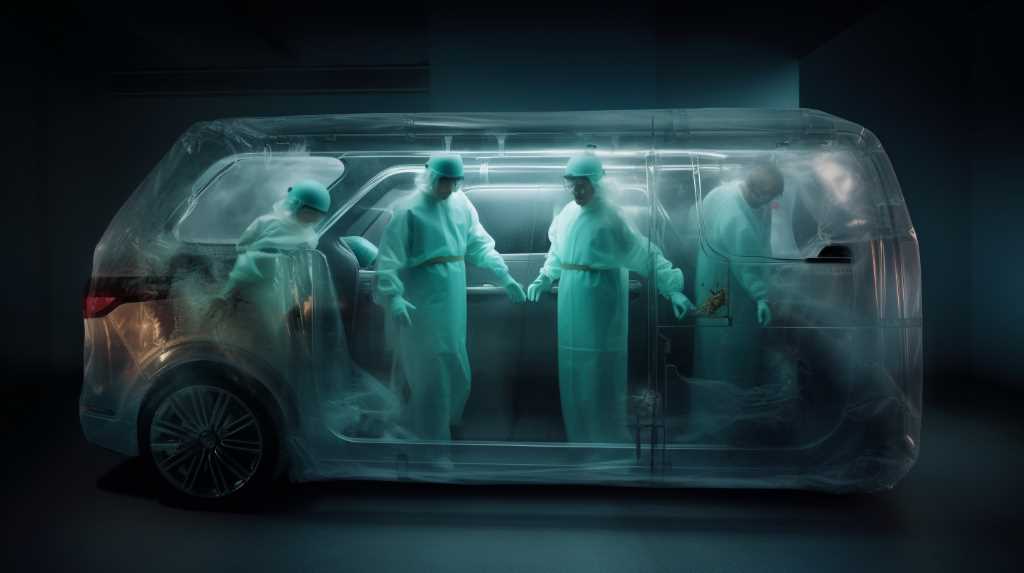
After a car crash, it’s really important to look out for internal injuries because they can be hidden and dangerous. It’s crucial to find these injuries quickly because if they’re not treated, they can get much worse.
If you’re feeling pain in your belly, it might mean there’s damage to an organ or you’re bleeding inside. Pain in the chest could be a sign of broken ribs or problems with your heart or lungs. If someone is acting differently, like they’re confused or can’t feel certain parts of their body, it might mean there’s damage to the brain or spine. Bruises where the seatbelt was can also show there might be injuries you can’t see.
Plus, if someone feels very weak, their skin is cold and sweaty, and their heart is beating fast, they might be in shock and need help right away. Understanding these signs can help get the right treatment sooner.
Recognizing Abdominal Pain
Stomach pain can seem like no big deal, but after a car crash, it could be a sign of serious injury inside the body. Doctors should be very careful when someone has this symptom.
Car accidents can hit and squeeze the body in ways that hurt the organs in the abdomen, causing bruises, cuts, or blood-filled swellings. It’s really important to spot these problems quickly. Doctors should check the patient carefully, and they might need to use special machines like an ultrasound or a CT scan to look for bleeding or damage to the organs.
If someone’s belly hurts, feels hard, or they have pain in other areas that could be linked to their belly, they need to get help right away. This can prevent worse problems like bleeding too much or inflammation of the lining of the abdomen.
Identifying Chest Discomfort
Chest discomfort following a car accident may indicate serious internal injuries, such as trauma to the heart or lungs, and requires immediate medical evaluation. Symptoms may manifest as persistent pain, pressure, or a squeezing sensation, which can be easily mistaken for less critical issues. However, such discomfort can signify cardiac contusion, pneumothorax, rib fractures, or hemothorax, conditions that pose significant health risks.
Clinical assessment typically involves imaging modalities like X-rays, CT scans, or echocardiograms to diagnose potential injuries accurately. Prompt detection is crucial as it guides the management strategy which may range from conservative therapy to surgical intervention.
Healthcare professionals must thoroughly investigate any report of chest discomfort in post-accident patients to mitigate the risk of complications.
Detecting Neurological Abnormalities
After checking for chest injuries, doctors should also look for signs of brain or spinal cord damage, which can happen in a car crash. It’s important to do a careful check of the person’s nervous system. Doctors will look for changes in how the brain works, like trouble with feeling or moving parts of the body.
If someone is knocked out, very confused, can’t speak properly, or has a really bad headache, it might mean there is an injury inside the head. Checking how the nerves in the head are working and how strong and quick movements are can help find out if the spinal cord is hurt. Doctors might need to use special scans like CTs or MRIs to see the damage more clearly.
Finding these problems fast is key so they can treat the person quickly and help avoid more serious issues later on.
Spotting External Bruising
When you see bruises on someone who’s been in a car crash, it’s a sign they might have other injuries inside their body. Doctors need to look closely at these bruises because they can show if there’s something more serious going on underneath the skin. Bruises, or ecchymosis, appear when blood leaks into the skin, and they can just be on the surface or a sign of deeper problems like damage to organs or bleeding inside the body.
Where the bruises are can also tell doctors a lot about where the person was hurt and what kind of internal injuries they might have. Bruises that get bigger quickly or come with swelling are especially worrying because they could mean the person is bleeding on the inside.
That’s why it’s so important to get checked out by a doctor right away, to figure out how bad the injuries are and start treating them as soon as possible.
Monitoring for Shock Symptoms
After a car accident, it’s important to watch for shock symptoms in anyone hurt. Shock is dangerous because it stops the body from getting enough oxygen and nutrients, which can harm the organs.
You might see signs like fast heart rate, low blood pressure, confusion, weak pulse, sweaty skin, quick breathing, or not much pee. It’s really important to notice these quickly.
Doctors need to check how well the blood is moving around the body and start treatment right away. This could mean giving fluids, blood, or drugs to increase blood pressure. They have to keep a close eye on the person to make sure they don’t get worse and to know what treatment to give next.
Conclusion
In conclusion, the identification of internal injuries post-vehicular trauma requires vigilance for a spectrum of clinical signs.
Abdominal pain, chest discomfort, neurological abnormalities, external bruising, and shock symptoms serve as critical indicators.
Prompt recognition and evaluation of these manifestations are imperative to mitigate complications.
Healthcare professionals must exercise a high index of suspicion and undertake appropriate diagnostic measures to ensure timely and effective management of potential internal trauma in accident victims.